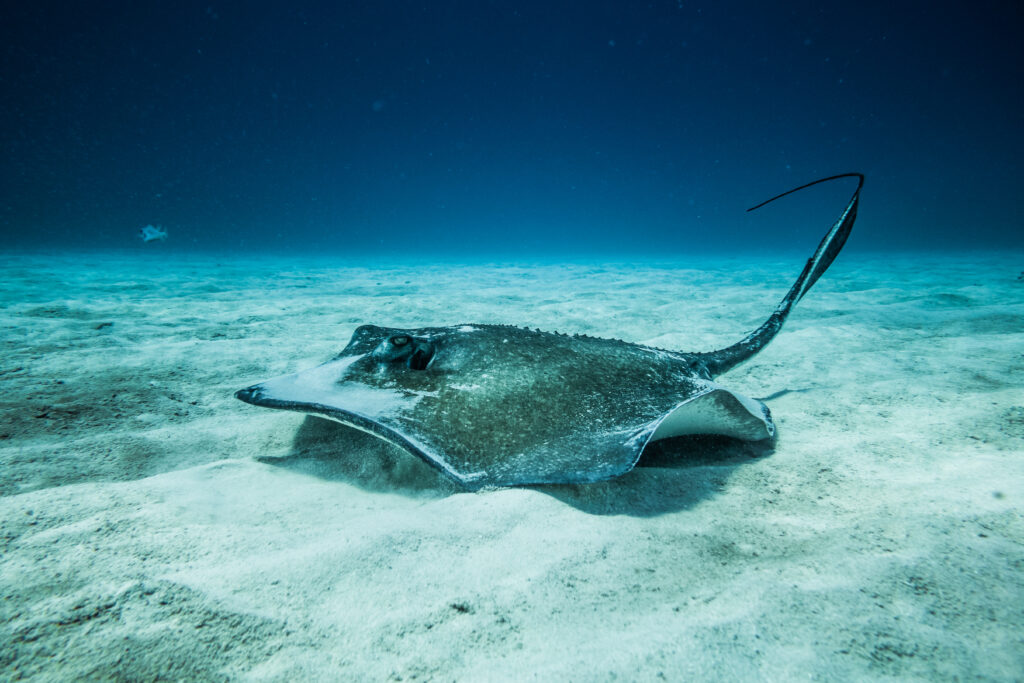Fun and Interesting Facts and Trivia about Stingrays
Looking for some fun and interesting facts about stingrays? Look no further! Our web page is filled with amazing facts, cool facts, and interesting trivia about these fascinating creatures. Did you know that stingrays have no bones in their bodies, making them incredibly flexible? Or that some species can weigh up to 790 pounds? Learn more about stingrays and their fascinating world through our collection of fun and educational facts.#stingrays #stingray #ray #rays #oviparous #dasyatidae

Stingrays are cartilaginous fish, which means that their skeleton is made of cartilage instead of bone.
There are more than 200 species of stingrays, which are divided into 10 families.
Stingrays have a flattened body shape and can vary in size from 10 inches to 7 feet in length.
The barb on the tail of a stingray is not used for attack, but for defense against predators.
Stingrays are found in both saltwater and freshwater environments, from shallow reefs to deep sea.
Some species of stingrays are able to camouflage themselves to match their surroundings, making them difficult to spot.
Stingrays are often mistaken for other sea creatures, such as skates or sharks.
Stingrays are not typically aggressive towards humans, but can be dangerous if stepped on or provoked.
Stingrays feed on a variety of prey, including fish, crustaceans, and mollusks.
Stingrays are known for their unique swimming style, which involves flapping their pectoral fins like wings.
The largest species of stingray is the giant freshwater stingray, which can weigh over 1,300 pounds.
Stingrays have a lifespan of up to 25 years in the wild.
Stingrays are social animals and can be found in groups called schools or fever.
Stingrays have a spiracle, which is a special respiratory opening behind their eyes that allows them to take in water while buried in the sand.
Stingrays are oviparous, meaning they lay eggs that hatch outside of the mother’s body.
Baby stingrays are called pups and are born fully developed, with a miniature version of their parents’ body shape.
Stingrays are often caught by fishermen for their meat and leather, which is used to make products such as wallets and belts.
The scientific name for stingrays is Dasyatidae, which means “hairy ones” in Greek and refers to the whisker-like sensory organs on their bodies.
Stingrays can live in both saltwater and freshwater habitats, and some species, like the Amazon river stingray, are exclusively found in freshwater rivers.
Stingrays have an excellent sense of smell and can detect prey buried under sand or mud by using their sense of smell and electroreceptors on their head.

